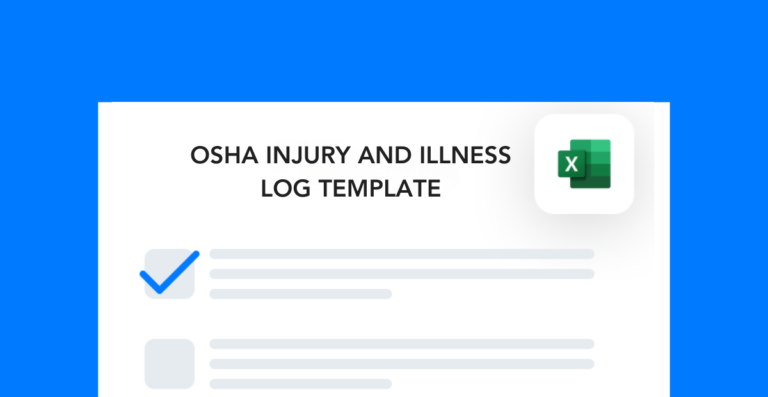Every leader dreads getting the call that an employee has been injured on the job. After taking care of the scene and the injured employee comes the next hurdle: dealing with worker’s compensation claims.
While no one wants to deny their employees medical attention and time needed to recover from an injury, it’s still important to approach this process with concern. Learning how to identify and handle fraudulent injury claims is an essential skill that all EHS professionals need.
Below are my best recommendations for how to go about this, especially given the sensitive nature of providing adequate care and protecting your business interests.
Proactive injury case management
Most companies have insurance, and when an injury happens an adjuster from the insurance company partners with them to manage an injury claim. If your company is self-ensured, you’ll typically have to manage the claim in-house.
One of the biggest mistakes employers make when it comes to managing worker’s compensation claims is being too hands-off. Just because the insurance company assigns an adjuster to handle a case doesn’t mean that they’re going to manage the claim well.
As an employer, it’s in your best interest to aggressively manage your workers’ compensation claims for several reasons. When employees are out because of injuries, it can affect the morale in your company. It can also impact the bottom line.
How to spot fraudulent injury claims
Part of your job is ensuring that employees don’t take advantage of the workers’ compensation process. There are many signs, or red flags, when it comes to fraudulent work injury claims.
Here are a few of the more common ones:
- No witness to the injury/incident
- Injury occurred when the employee was not in their usual area/position
- Injury occurred while employee was doing something outside of their normal job duties
- Late reporting of the injury/incident (anything beyond a week and/or the company’s reporting policy)
- Injured employee has multiple on-the-job injuries/incidents
- Injury occurring early on a Monday or late on a Friday (or close to an employee’s scheduled time off)
- Inconsistent reports/statements from the injured employee
- Conflicting reports from medical professionals treating the injured employee
If you suspect that your employee is making a fraudulent claim, the best thing to do is to aggressively manage the claim. While every state has different worker’s compensation laws, most of them categorize and classify injuries with standard treatment and recovery times.
A quick Google search can usually tell you (in your state) how long your employee should be out or on restricted duties for their injuries. If you have an employee that is getting time off/on restrictions that exceed the standard, then the first thing you should do is request a second opinion from a different medical provider.
Returning injured employees to work
Another important element in claim management is returning to work. If employees know that they’re not going to be paid to sit at home on the couch, then they’re less likely to file a fraudulent claim.
As an employer, you should do everything possible to bring the injured employee back to work. Even if they can’t perform their usual job duties because of medical restrictions, do everything in your power to find something for them to do that will not violate those restrictions.
Some examples of light duty work include filing/organizing administrative paperwork or performing light cleaning tasks around the property. It doesn’t matter if you have them sweeping the same 800 square foot area all day. If they’re at work and not at home, then you’re helping to lessen the motivation for fraudulent claims within your organization.
Other posts you might like…
No posts

